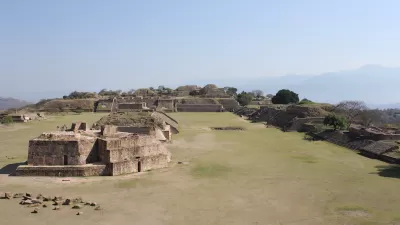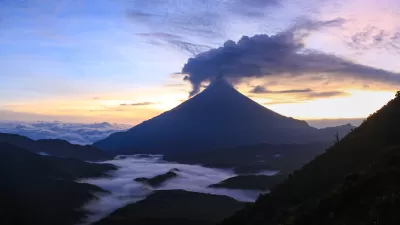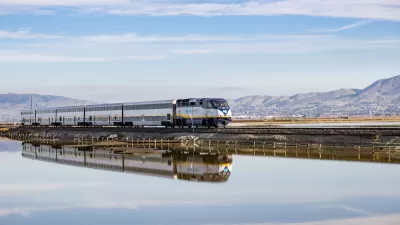Cities have been designed for user experience (UX) for millennia, and contemporary UX designers have plenty to learn from planners, according to a recent article in Fast Company.

Writing for Fast Company, Tom Seiple reports on a lesson recently acquired on a visit to the Alfama district in Lisbon, which was originally formed in 1200 BCE:
It shares, more or less, the same characteristics and elements of any modern city. Despite the centuries of time that separate them and clear differences in scale, Chicago and Alfama share many of the same core elements. They both have roads, businesses, homes, places of worship, public art, neighborhood squares, parks, schools, and much more. They may look exceptionally different in terms of their form and scale, but at the end of the day, Alfama’s churches, markets, and alleyways perform the exact same functions as the same spaces in Lagos, London, Beijing, Mumbai, Los Angeles, or any other major modern metropolis.
The tradition goes back even further into history, writes Seiple, to the oldest known city, Çatalhöyük. “In the nearly 10,000 years—as far as we are aware—that mankind has been building cities, the same common elements have always existed, albeit in various forms and scales,” writes Seiple.
Nothing shared from the article so far will come as a surprise to Planetizen readers, but Seiple soon provides a twist: the lessons from cities, ancient to contemporary, can be applied to software design. The article draws on examples of urban form (referencing Frank Lloyd Wright) and the image of the city (referencing Kevin Lynch).
In addition to the article linked below, Seiple promises another article soon about how lessons of good and bad urban design can be applied to software UX.
FULL STORY: Ancient cities have lessons UX/UI designers can use right now

Study: Maui’s Plan to Convert Vacation Rentals to Long-Term Housing Could Cause Nearly $1 Billion Economic Loss
The plan would reduce visitor accommodation by 25,% resulting in 1,900 jobs lost.

North Texas Transit Leaders Tout Benefits of TOD for Growing Region
At a summit focused on transit-oriented development, policymakers discussed how North Texas’ expanded light rail system can serve as a tool for economic growth.

Using Old Oil and Gas Wells for Green Energy Storage
Penn State researchers have found that repurposing abandoned oil and gas wells for geothermal-assisted compressed-air energy storage can boost efficiency, reduce environmental risks, and support clean energy and job transitions.

Santa Barbara Could Build Housing on County Land
County supervisors moved forward a proposal to build workforce housing on two county-owned parcels.

San Mateo Formally Opposes Freeway Project
The city council will send a letter to Caltrans urging the agency to reconsider a plan to expand the 101 through the city of San Mateo.

A Bronx Community Fights to Have its Voice Heard
After organizing and giving input for decades, the community around the Kingsbridge Armory might actually see it redeveloped — and they want to continue to have a say in how it goes.
Urban Design for Planners 1: Software Tools
This six-course series explores essential urban design concepts using open source software and equips planners with the tools they need to participate fully in the urban design process.
Planning for Universal Design
Learn the tools for implementing Universal Design in planning regulations.
Ascent Environmental
Borough of Carlisle
Institute for Housing and Urban Development Studies (IHS)
City of Grandview
Harvard GSD Executive Education
Toledo-Lucas County Plan Commissions
Salt Lake City
NYU Wagner Graduate School of Public Service





























